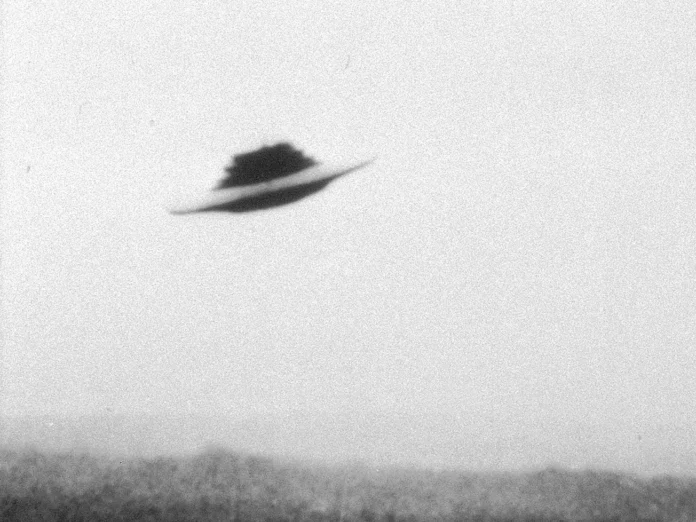 In July 2021, a team of scientists from the university was established in Albani, and works with the UAPX group, a camp in Avalon, California, on Catalina Island.
In July 2021, a team of scientists from the university was established in Albani, and works with the UAPX group, a camp in Avalon, California, on Catalina Island.
Their mission: collecting difficult data about unlimited anomalies (UAPS), the modern term for what many still call it strange devices. As the physicist Matthew Szydagis, the week -long campaign aims to bring strict sciences to a topic often rejected or excited.
The team has published a set of advanced tools, including the dual camera system with tilt and Fish lens, eight infrared cameras, night vision glasses, and a radiological detector called Cosmic Watch, which MIT has developed to measure high -energy particles such as mondigation.
They also used the Doppler radar to track the beings in the sky. This combination of equipment was supposed to aim to capture multiple types of data-visual, thermal and particle-based particles-to discover anything unusual and exclude common interpretations such as planes, drones or weather phenomena.
At approximately four in the morning on July 14, the cameras recorded a dark spot in the sky that faded on many video tires, followed by the appearance of white points. Almost at the same time, the cosmic clock has discovered high -energy molecules, the near radar that took signals indicating something solid, and possibly the size of a small bird or plane.
The team tested explanations such as insects on the camera lens, clouds or cosmic rays that hit the camera sensor, but there is no single theory that explained the entire data. For example, cosmic rays usually affect the entire camera field, not only one spot, and no meteorite is reported that night.
It was a test to improve UAPs. Researchers learned the main lessons: They needed to coincide better between devices, more cameras to capture different angles, and continuous registration to avoid critical moments.
Work with a film crew for an added documentary, and sometimes withdraw the focus from data collection. Future Palmers will use smaller and most mobile infrared cameras and multiple radiation detectors to better identify extraordinary events.
They notice that most UAP views are found to be unlimited objects such as aircraft or satellites – anywhere from 60 % to 96 % based on previous studies. But a small part, shows extreme speeds or maneuvers like those that the US Navy has reported (faster than Mach 40 with thousands of times accelerated from gravity), challenging easy answers. These cases pay the need for more data, systematically collected.
The team plans to create semi -permanent sensors in the known areas of repeated UAP reports, such as the countryside in New York, to collect long -term data. They also hope to involve citizen scientists, as other projects such as VASCO have done to analyze old astronomical images of unjustified lights.
Team results, Published In the 2025 academic paper, he called for more research to separate the truth from the imagination in the sky above us.

